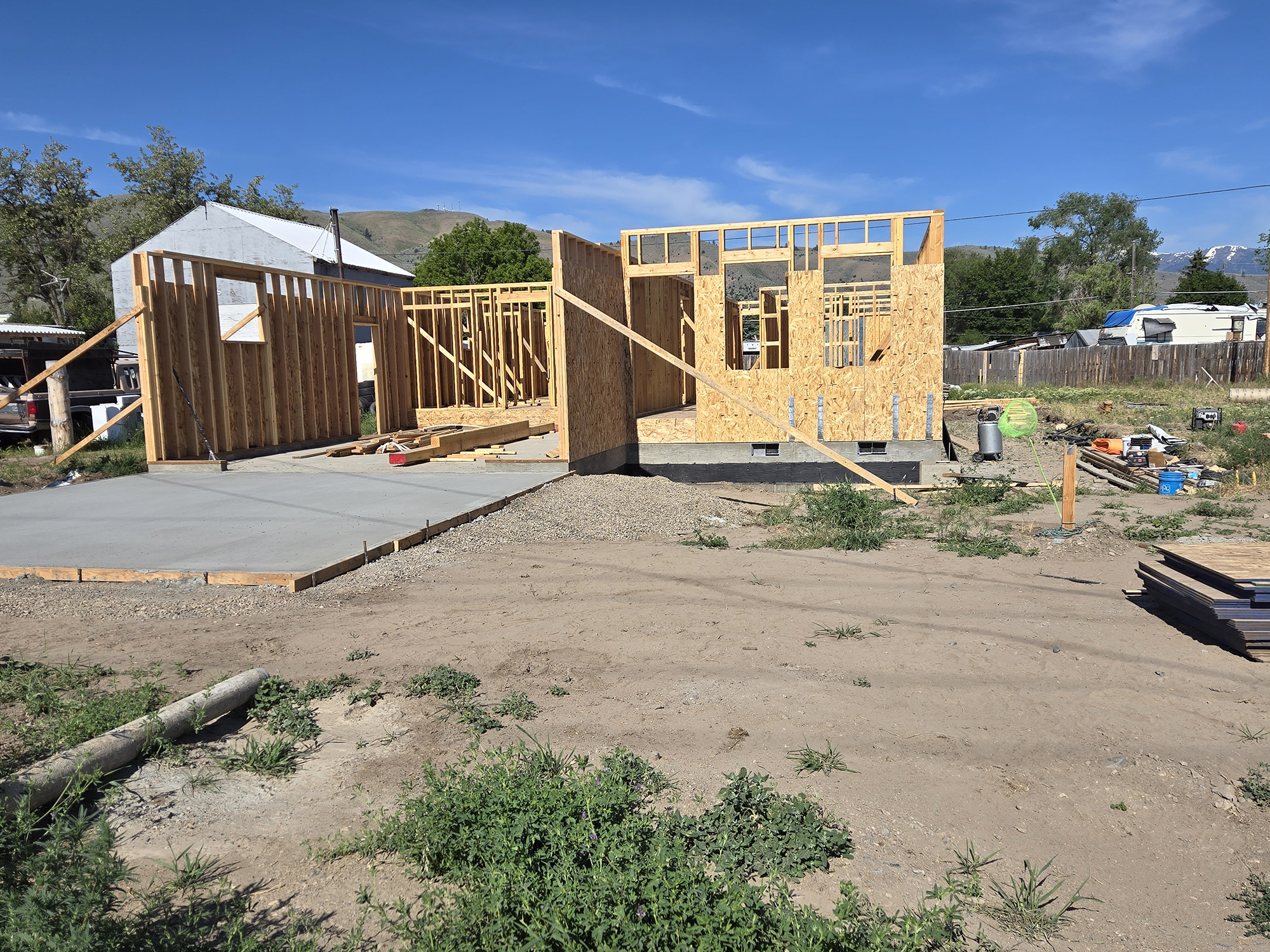COLUMN: Flames transform a formerly familiar landscape
Published 2:30 pm Friday, May 7, 2021
I didn’t believe a patch of blackened tree stumps could shock me.
Trending
I suppose I ought to have known better.
I should have understood that no number of conversations or photographs or social media videos could affect me as viscerally as seeing those stumps myself, and being nearly close enough to smell the acrid stench of charred fir bark.
This epiphany happened on a recent evening as I drove west on Highway 22 in the canyon of the North Santiam River in Marion County.
Trending
The spot was about five miles upcanyon from Mill City, where my parents live.
Drive another 16 miles beyond Mill City and you’d be in Stayton, where I grew up.
Almost eight months after the Labor Day weekend fires devastated several parts of Western Oregon, including the North Santiam Canyon, I visited the place where I spent my first 18 years.
It would be hyperbole to say I no longer recognized what once was familiar.
But I needn’t indulge in even a whit of exaggeration to say both that this canyon is a much different place than when I last saw it, in August 2019, and that not in my lifetime will I ever see it as I once did.
For the better part of a year I had been anticipating the sights.
My parents, whose riverside house was not damaged, have narrated on multiple phone calls over the months what they’ve seen while driving around. Both have lived in the area their entire lives, giving them a perspective, and a sense of things forever lost, that make my own seem paltry.
Their descriptions, I now know having seen some of the places for myself, were certainly accurate.
I was dismayed by the detritus.
We drove through only a small portion of the damaged area but it was a depressing experience. The sadness was cumulative as we rolled past yet another heap of ashes and flame-sculpted metal that wouldn’t be recognizable as the site of a building if not for the concrete foundation that alone survived.
It strikes me as indescribably cruel that fire, in what must have been a matter of minutes, could turn a family’s most valuable possession into something so ugly, fit only to be dumped into a pit, so much worthless trash.
And yet nothing I saw affected me so powerfully, though it wasn’t so depressing, as that one patch of stumps. It’s on the south side of the highway. What struck me was not just the stumps — I had seen thousands of burned trees during the previous 15 miles or so — but what the absence of the former stand of tall Douglas-firs had revealed.
This is the east end of a loop road that runs through a residential area. I have driven past the spot probably 100 times. I don’t recall ever even noticing the street sign, which is much less conspicuous than the one at the west terminus of the loop.
At least it was much less conspicuous.
Not now, with its coniferous cloak stripped away.
In those few seconds as I steered my car through the highway curve I might have believed, before reality reasserted itself, that I was not where I knew myself to be.
It was disconcerting.
I sensed the mindless, primeval force that is fire, its terrible power to not only rob people of what they cherish, but even to steal, in effect, their memories of what was not merely familiar but perhaps, or so we innocently believed, was even perpetual.
0 0 0
The Elkhorn Mountains are lying to me.
Again.
This repeated prevarication is particularly troubling because I consider the Elkhorns my friend, to the extent that an inanimate object can play such a role, and no lie cuts quite so deeply as the one committed by someone we care for.
The Elkhorns are misleading me — and I presume many others who, as people are wont to do, look frequently at the mountains — about the amount of snow still packed into its forested nooks and crannies.
I get a fine view of the Elkhorns each day, except ones heavy of cloud, while driving home from work, westward along Auburn Avenue.
The vantage point, however, contributes to the illusion.
I see, and quite prominently, slopes that tend to shed their snow relatively early in spring. These are places so rocky and steep that snow never accumulates to any great depth, or that, owing to their southerly exposure, absorb a lot of snow-melting sunlight.
These two factors, and in some places the combination of the two, erase the white from swathes of the Elkhorns, particularly on the south side of Hunt Mountain and above the North Fork of Pine Creek.
The other day, as I crossed the railroad tracks on a sunny afternoon, I noticed bare patches near the top of Hunt Mountain’s shoulder, an elevation of nearly 8,000 feet.
But just a few days earlier I hiked up the Rock Creek road, just north of Hunt Mountain.
And although much of the route was below 5,500 feet elevation, the snow still lay in drifts three or four feet deep.
But those drifts along the road can’t be seen from the valley.
Over the years I’ve come to recognize the fallacy of what I see from town. More than once I’ve driven to the Elkhorns, anticipating an early hike based on a misreading of the scene, only to find my intended route buried by the firm and grainy snow of April or May (or, some years, June).
My homeward view sometimes still leads me astray, albeit briefly.
But I have a bellwether of sorts that has proved to be far more reliable than a cursory glance at the Elkhorns’ east slopes. I look at the point where Hunt Mountain juts farthest to the east, and in particular its north side. In a year with a snowpack that’s near to average, there will still be snow in that spot on May 18 — I use that date because, being the anniversary of the 1980 eruption of Mt. St. Helens, I seem to be able to remember it.
On the day I was taken aback a bit by the snowless areas, after I was home I stepped into my yard and made a more thorough examination. What I saw is that on the sheltered north slopes, snow still speckles the dark background of the forests well down Hunt Mountain. Those lingering drifts tell a much truer tale than the bare sedimentary brows elsewhere on the peak.
Jayson Jacoby is editor of the Baker City Herald.








